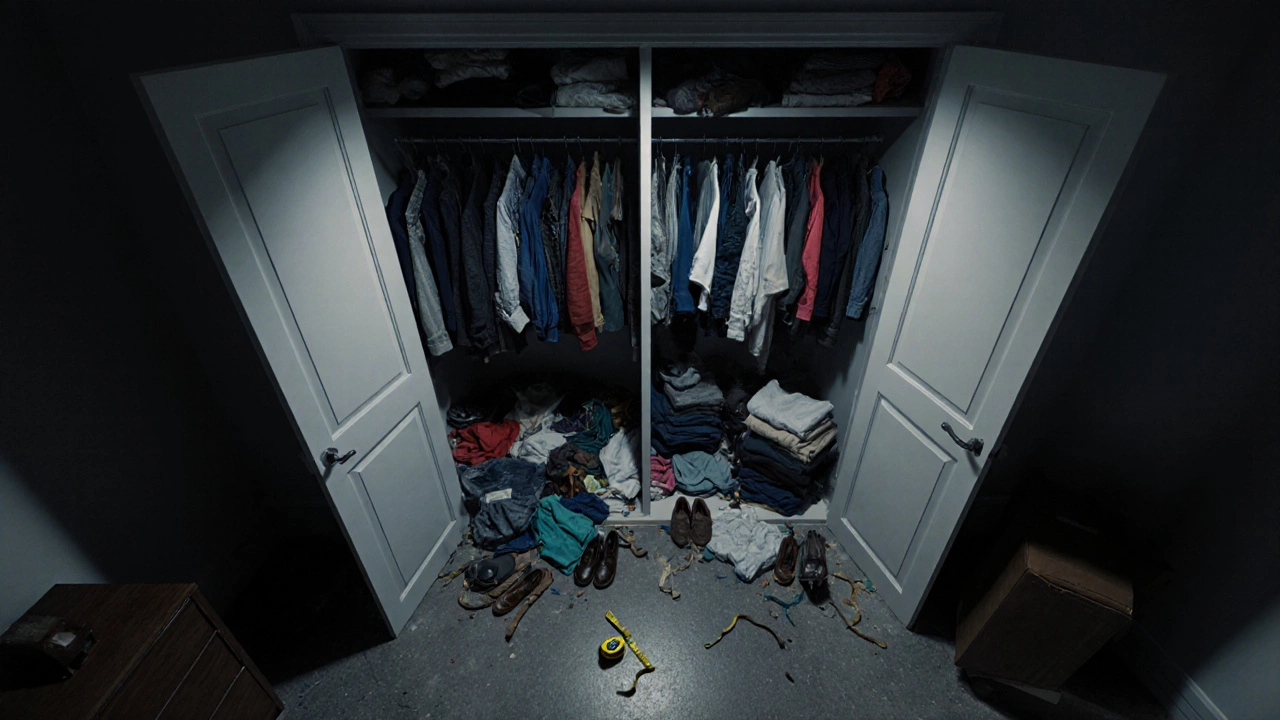Wardrobe Layout: Tips, Planning, and Design Ideas
When working with Wardrobe Layout, the arrangement of clothing storage within a room, balancing aesthetics and function. Also known as wardrobe planning, it helps you maximize space and keep garments organized. Closet Design, the process of shaping a storage area to match personal style and practical needs often drives the decisions you make about shelving, hanging rods, and accessories. A well‑thought‑out wardrobe layout requires smart storage solutions because the right mix of drawers, shelves, and pull‑out units can turn a cramped corner into a tidy showcase. The first step is to map out the floor plan – that’s where Space Planning, the systematic arrangement of furniture and storage to optimize flow comes in. Measure the walls, note door swings, and mark where you’ll place the wardrobe core. By visualizing the layout beforehand, you avoid costly mistakes like mismatched heights or blocked pathways. Remember, wardrobe layout encompasses space planning, and space planning influences interior design choices, so keep an eye on the overall room vibe as you sketch.
How Interior Design Shapes Your Wardrobe Layout
Every wardrobe lives inside a larger design story. Interior Design, the art of arranging interiors to create harmony and aesthetic appeal sets the colour palette, material tones, and lighting that will affect how your wardrobe looks and feels. If you favor a rustic vibe, choose reclaimed wood doors and brass handles; for a modern feel, sleek panels and matte finishes work best. The layout must complement the room’s traffic patterns – a wardrobe placed opposite a high‑traffic area can become a visual overload, while a corner placement can double as a stylish focal point. Pairing the wardrobe’s height with ceiling lines creates a balanced proportion, and adding mirrors inside doors can visually enlarge the space, a trick often recommended in interior design circles. Lighting also plays a role; LED strips under shelves or a pendant light above the closet can highlight textures and make outfit selection easier. By aligning wardrobe layout with interior design principles, you create a cohesive environment where function and style reinforce each other.
Beyond aesthetics, practical considerations keep the wardrobe functional for years. Think about the types of clothing you own – long coats need a higher hanging rod, while shoes benefit from a sloped rack. Divide the interior into zones: daily wear, seasonal pieces, and accessories. Use clear bins or labelled boxes for smaller items; this small habit saves time and keeps the visual clutter down. If the room’s layout allows, add a full‑length mirror on the opposite wall to double‑check outfits without needing a separate dressing area. Finally, don’t forget ventilation – a tiny gap at the top of the wardrobe prevents musty smells and protects fabrics. All these points tie back to the core idea that a solid wardrobe layout is the backbone of organized living. Below you’ll find a range of articles that dive deeper into colour trends, furniture durability, storage hacks, and more – each one offers actionable advice to help you fine‑tune your wardrobe and make the most of your space.
The 333 Rule for Wardrobes: Boost Your Closet Space
Learn the 333 rule for wardrobes, a three‑zone system that organizes clothes by length and maximizes storage. Follow step‑by‑step instructions, see real‑world examples, and avoid common pitfalls.
More
